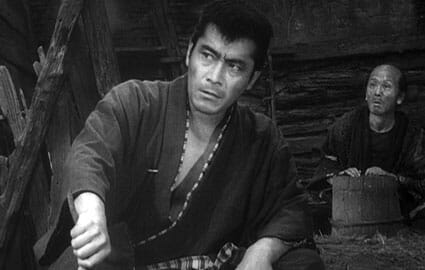The Lower Depths (DVD)

Have you ever had it blue? Well, you may have had your bad days, but it was likely a walk in the park compared to what happens to the poor souls in Maxim Gorky’s harrowing 1902 drama, The Lower Depths. Set in a filthy flophouse, the play follows the interactions of a group of forgotten and utterly desperate Russians who have sunken into the dark night of the soul. While certainly a product of its time, Gorky focused on emotional politics rather than polemics, creating a work of universal resonance. This may be why two of the world’s greatest filmmakers took on Gorky’s tale and recast it to fit their own dramatic vision. Criterion offers a fascinating look at both great filmmaking and unique interpretation of a classic source.
-

-

-

-

-

-

-

-

-

-

-

-

-

-

-

-

-

-

-

-

-

-

-

-

-

-

-

-

-

-

-

-

-

-

-

-

-

-

-

-








































